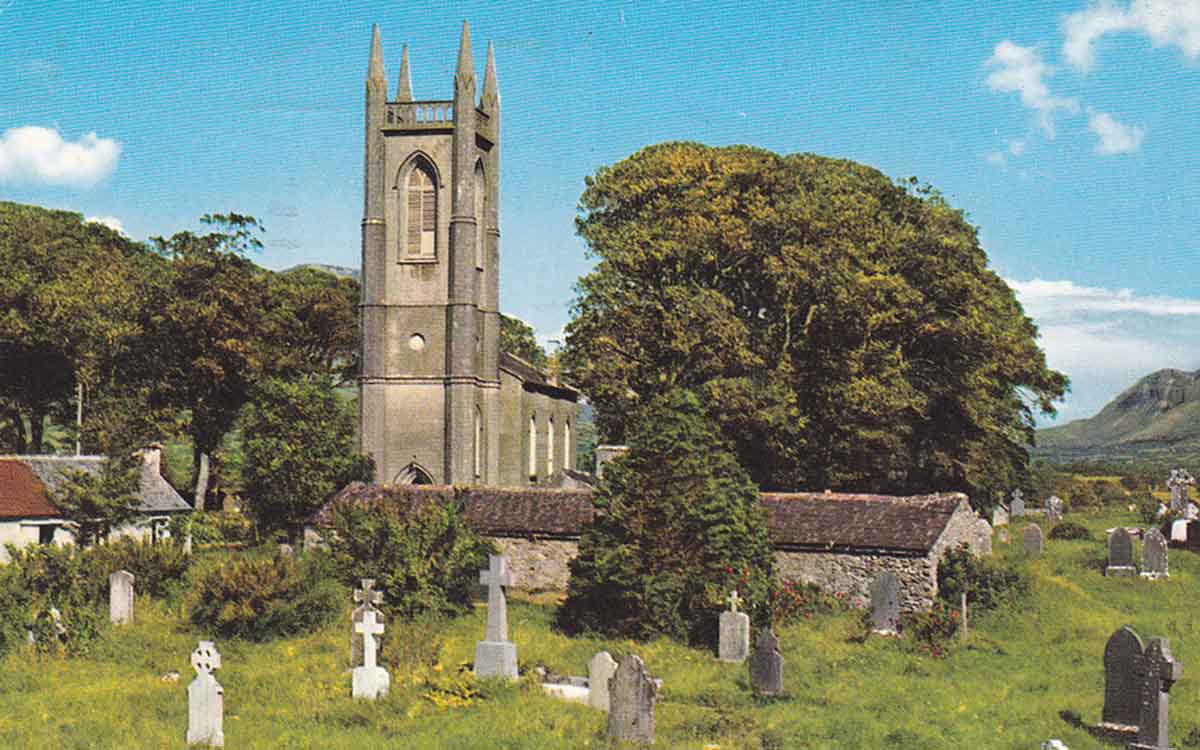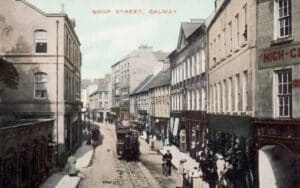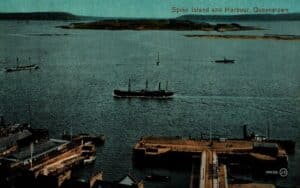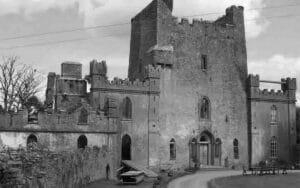PETULA MITCHELL tells us of her five favourite haunted places to visit in County Sligo, Ireland
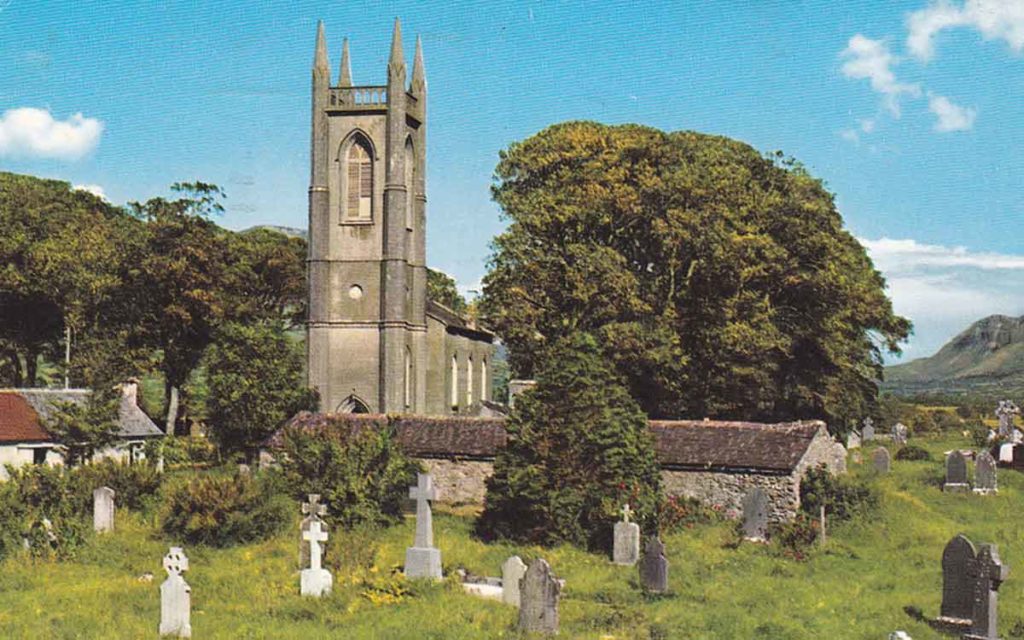
County Sligo in the north west of Ireland is a place of superlatives.
It has a rugged and beautiful coastline, misty wild mountains and a landscape full of poetry captured forever in the sublime words of W.B. Yeats.
The poet is buried in the shadow of Benbulbin, the flat topped mountain that dominates the countryside as you drive along the N15, at Drumcliff cemetery.
The poet was himself very interested in the paranormal and believed wholeheartedly that the demise of our physical form was not the end of our existence.
In fact County Sligo is fertile ground for the supernatural.
Lissadell House, Lissadill, Ballinfull, County Sligo
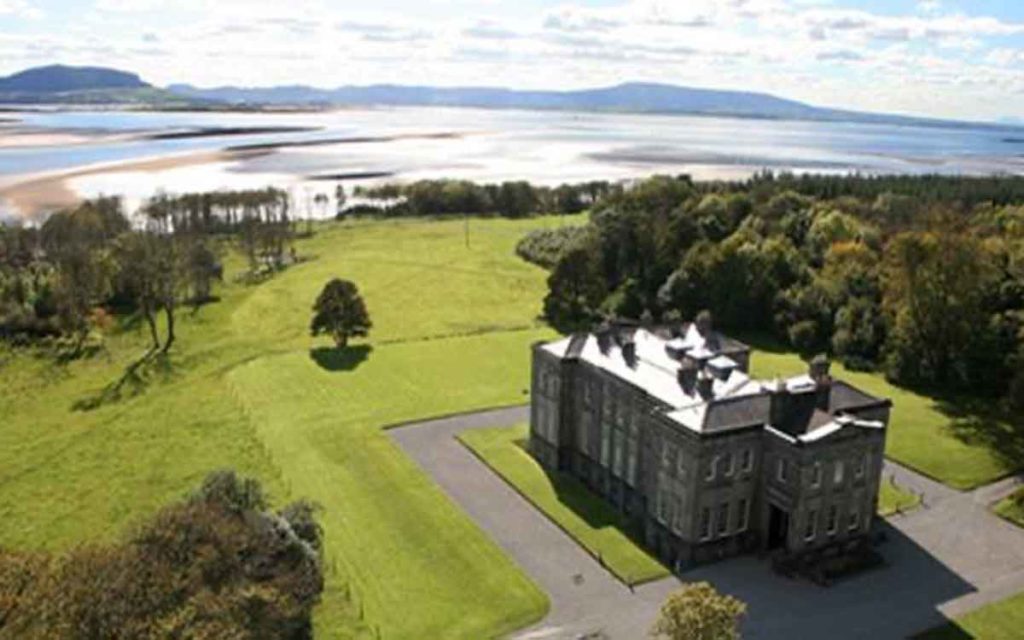
Lissadell House is forever linked with Yeats as he was a frequent visitor and friend of the incumbent family, the Gore-Booths.
They were prominent players in the course of Irish history in the late 19th century, being involved in both the suffragist movement and Irish independence.
The company and conversation must have been intellectually stimulating at the dinner table there.
Yeats also claimed to have seen the ghost of one of his friends on the staircase while he was visiting, and in turn is said to haunt the grand rooms himself.
It’s also reported that two ladies have been seen wandering in the gardens holding flowers and carrying their paints. Perhaps he saw them too!
Seaforth House, County Sligo
Seaforth House is the next property where the haunting is far less genteel.
This country seat of the Phibbs family was originally built in the late 18th century, but a classic-style house was then raised in the middle of the 19th.
This was where Owen Phibbs, an eminent archaeologist of the day, decided to house his collection of Egyptian and Syrian artefacts.
Soon after he brought his finds to Seaforth strange things started to happen.
Violent poltergeist activity was reported and sightings of a dark and menacing figure on the staircase.
Servants would wake after a night of banging and crashing to find pots and crockery smashed to smithereens.
Sometimes the manifestation was so violent the house shook to its very foundations.
It was reported that one of the gardeners saw a dark figure running across the grounds laughing maniacally until he disappeared into the waters of Sligo Bay.
It is also said that a coach and horses could be seen charging full tilt towards the front door only to disappear just before reaching it.
The gardener fled never to return.
The staff left, and to try to shake of the stain of its terrible reputation the name of the house was changed to Lisheen House.
By the early 20th century the house had been handed over to the care of some Jesuit priests who said mass and tried without success to exorcise the spirits on several occasions over a number of weeks.
By 1940, the family had given up and the house was sold and dismantled. It now stands as an ivy clad ruin.
Markree Castle, Clooneenroe, County Sligo
Markree Castle was the seat of the Cooper family from as far back as 1663.
It is a comfortable country hotel nowadays, but has a reputation for a somewhat gentler haunting than Seaforth.
The sad passing of a young child has left the building with a mischievous little spirit who locks doors and causes staff to drop plates.
There are reports of paranormal activities in the cellars, and they do offer the opportunity to investigate for yourself. It’s all far more civilised than our previous residence.
Rosses Point, County Sligo
The great outdoors has not been forgotten by the spirits of Sligo and they have by no means confined themselves to the walls of grand county houses.
There have been over 60 shipwrecks in Sligo Bay and we once again have a connection to Yeats, as he claimed that nowhere had as many spirits as Rosses Point.
Mainly seafarers and pirates they have been seen between Elsinor House and the pilot watch stations.
Elsinor House was at one time in the ownership of the great man’s grandparents and he would spend his summers there as a youngster, no doubt listening to all the stories of the souls lost to the greedy Atlantic Ocean.
What boy with an imagination would fail to be thrilled by the story of how Dead Mans’ point got its name?
A sailor was buried in a shallow grave and one of his comrades asked “Can we be sure he is dead?”
The captain decided before the grave was filled in to leave their comrade a loaf of bread and a shovel, just in case.
Staad Abbey Ruins, Streedagh Strand, County Sligo
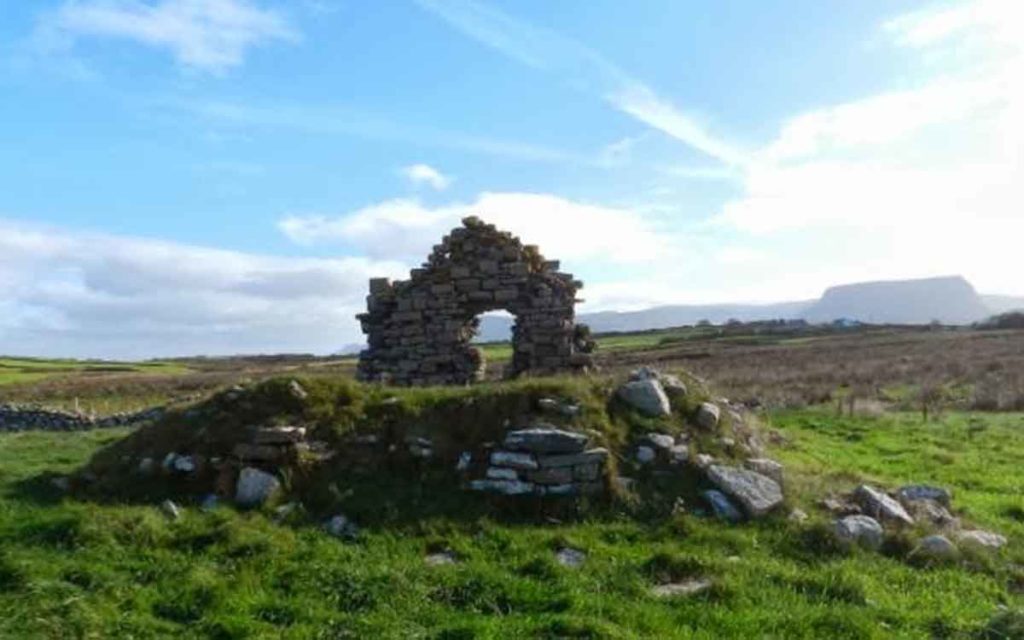
Finally, there is the haunting of Staad Abbey ruins near Streedagh Strand.
Ancient and weather beaten there is little left now but the shadows that haunt its broken down walls.
The Spanish Armada of 1588 was famously caught in a storm and blasted by nature up the North Sea and was left with only one route home.
They rounded the north of Scotland and the remnants of the fleet sailed down the west coast of Ireland.
Some of them floundered in Streedagh Sound and from three galleons, it’s alleged 1000 Spanish sailors perished. Their shades can be seen floating across the ruins of the abbey.
Now if all this paranormal activity is making you want to leave Sligo and head north into Donegal, be warned that along the Bundoran road gunfire has been heard and the shadowy figures of some gentlemen in flat caps spotted along the road, the spirits left behind after an ambush in the 1920s.
But don’t let any of this put you off visiting what is a spectacularly beautiful part of the world. In fact, it may make you even more keen to investigate the lovely county of Sligo.
Have you seen a ghost in County Sligo? Tell us about it in the comments section below!

